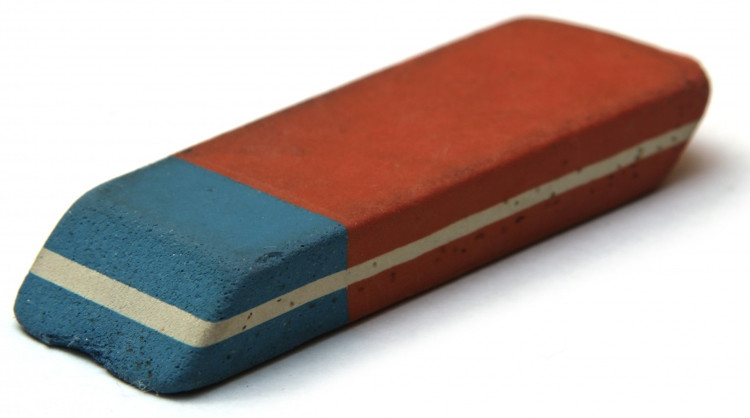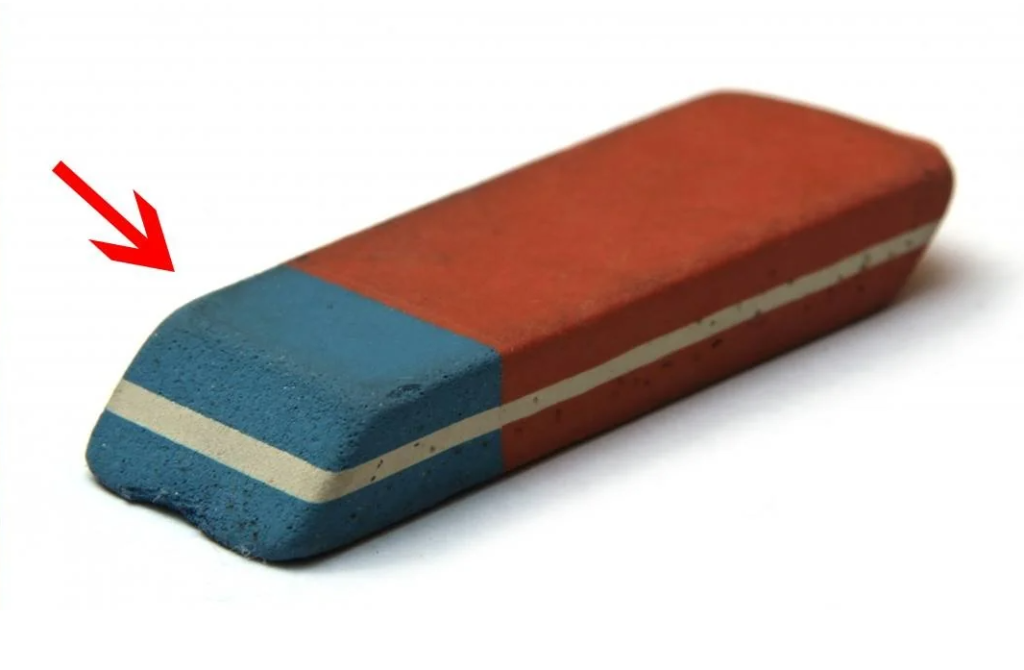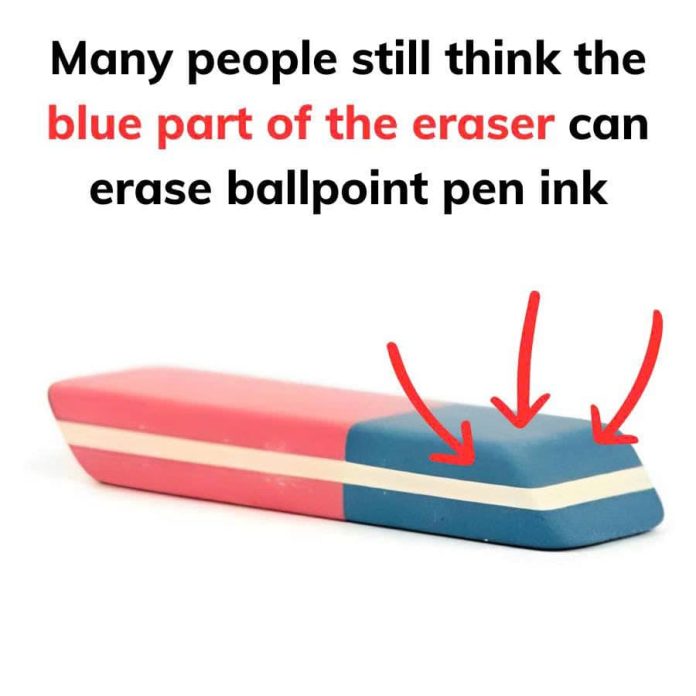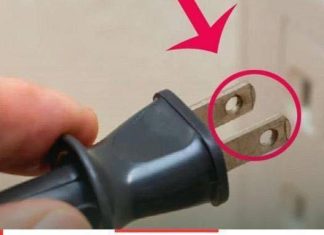For years, many people have believed that the blue side of a two-tone eraser is designed specifically to erase ink from ballpoint pens. This common misconception has been passed down from generation to generation, with countless students attempting to remove stubborn pen marks from their notebooks using the rougher, blue part of their erasers—only to end up with torn or smudged pages. However, the truth behind the blue section of the eraser is quite different.
The two-toned eraser, often seen with a soft pink or white side and a firmer blue side, was designed with a specific purpose in mind. The softer pink (or white) part is meant for erasing pencil marks on standard paper, making it ideal for school and office use. The blue side, however, serves a different function. Rather than being intended for removing pen ink, it was actually created for erasing pencil marks from thick, rough, or textured paper, such as watercolor paper, sketch pads, or coarse drawing paper used by artists.

Why Doesn’t the Blue Side Erase Ink?
One of the main reasons people assume that the blue side of the eraser can remove ink is because of its rougher texture. Compared to the softer pink side, the blue eraser is firmer and more abrasive, making it appear as though it could scrape off ink from a page. However, ballpoint pen ink is not like graphite—it is absorbed into the paper fibers rather than sitting on the surface like pencil lead. Because of this, simply rubbing the ink with an eraser will not remove it effectively. Instead, it might slightly fade the ink or, more commonly, damage the paper by thinning or tearing it.
In some cases, erasers that claim to remove ink might have special chemical properties that help lift the ink from the paper, but traditional blue erasers do not have this capability. Their primary function is to erase pencil marks from surfaces where a regular eraser would be ineffective.
The Real Purpose of the Blue Eraser
Artists and designers often work with different types of paper that are much rougher than standard notebook or printer paper. When using graphite pencils on these surfaces, a regular soft eraser may not be strong enough to completely remove the marks, especially if the paper has deep grooves or textures. This is where the blue side of the eraser becomes useful.
Because of its harder and more abrasive texture, the blue eraser can get into the deeper crevices of rough-textured paper and lift pencil marks more effectively. It is particularly useful for correcting drawings on sketch pads, removing unwanted shading from heavy art paper, or making adjustments on architectural blueprints.
Marketing and the Myth
Despite its intended purpose, many manufacturers have played into the belief that the blue eraser is meant for ink removal. Some packaging even includes misleading claims that suggest it can erase pen marks. This has contributed to the widespread misunderstanding, leading people to attempt to erase ink from their papers with little success.
Additionally, the blue eraser’s ability to lighten some ink marks further reinforced the myth. In reality, any fading that occurs is usually due to the eraser scraping away part of the paper rather than removing the ink itself.

How to Actually Remove Ink from Paper
If you need to remove ink from paper, there are better alternatives than using a standard eraser. Some options include:
- Correction Fluids or Tapes – The easiest way to cover up ink mistakes is by using correction fluid (such as White-Out) or correction tape.
- Erasable Pens – Some pens are designed with special erasable ink that can be removed using friction-based erasers.
- Razor Blades or Sandpaper Erasers – These can be used to carefully scrape off the top layer of the paper where the ink is embedded, but they can also damage the surface.
- Rubbing Alcohol or Acetone – In some cases, a small amount of rubbing alcohol or acetone applied with a cotton swab can lighten ink marks without damaging the paper too much. However, this method works best on non-porous or glossy paper and should be used with caution.
Conclusion
The idea that the blue side of the eraser is meant for ink removal is one of the most persistent myths in stationery history. In reality, its true purpose is to erase pencil marks from rough or heavy paper where a standard eraser may not be effective. While it may sometimes lighten ink, it is not a reliable method for completely removing pen marks.
Understanding the correct use of the blue eraser can help prevent frustration and paper damage while ensuring that artists, students, and office workers use their tools effectively. So, next time you see a two-tone eraser, you’ll know that the blue side isn’t a magical ink remover—it’s just a tool for erasing pencil from specialty paper!

















